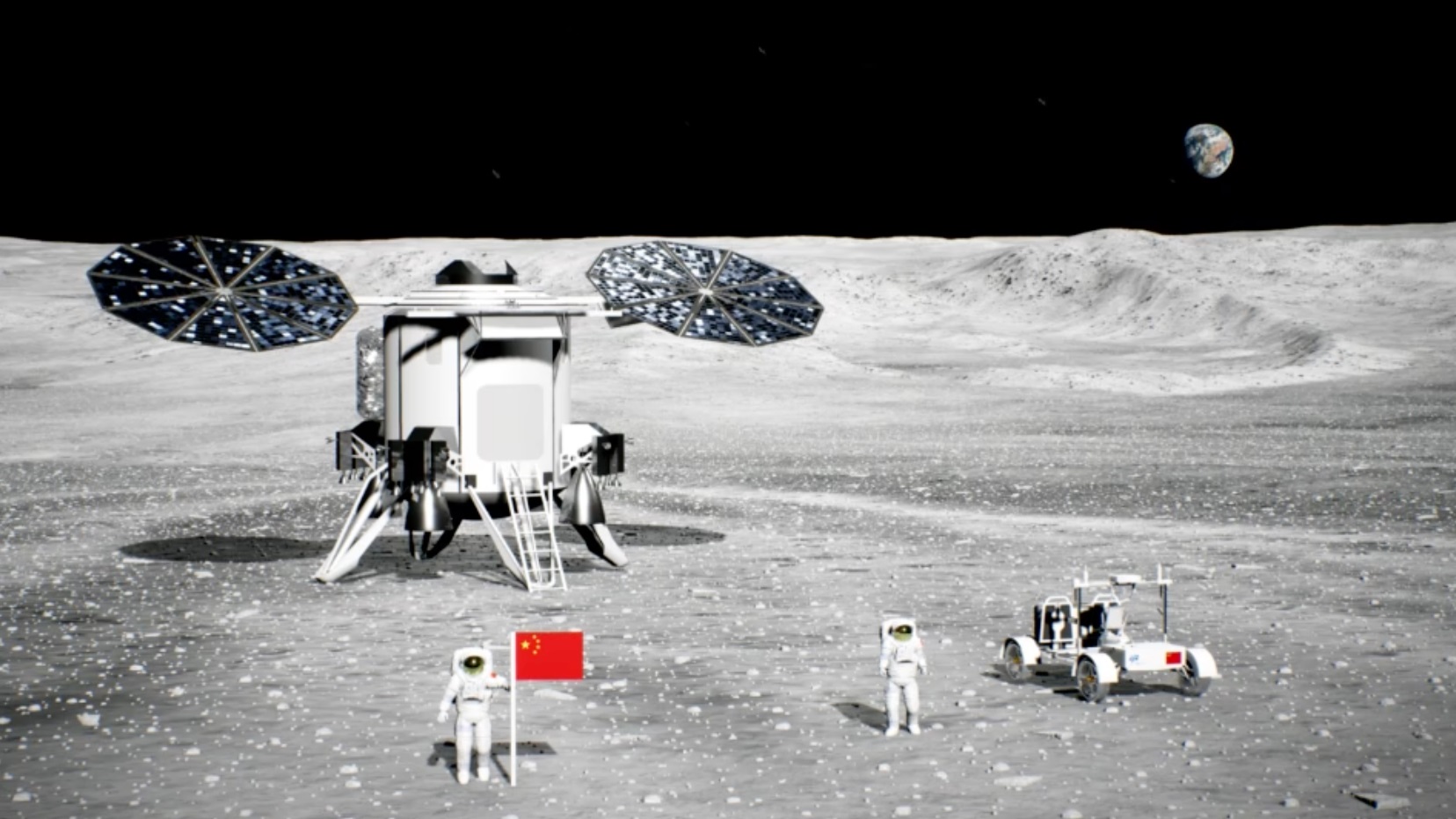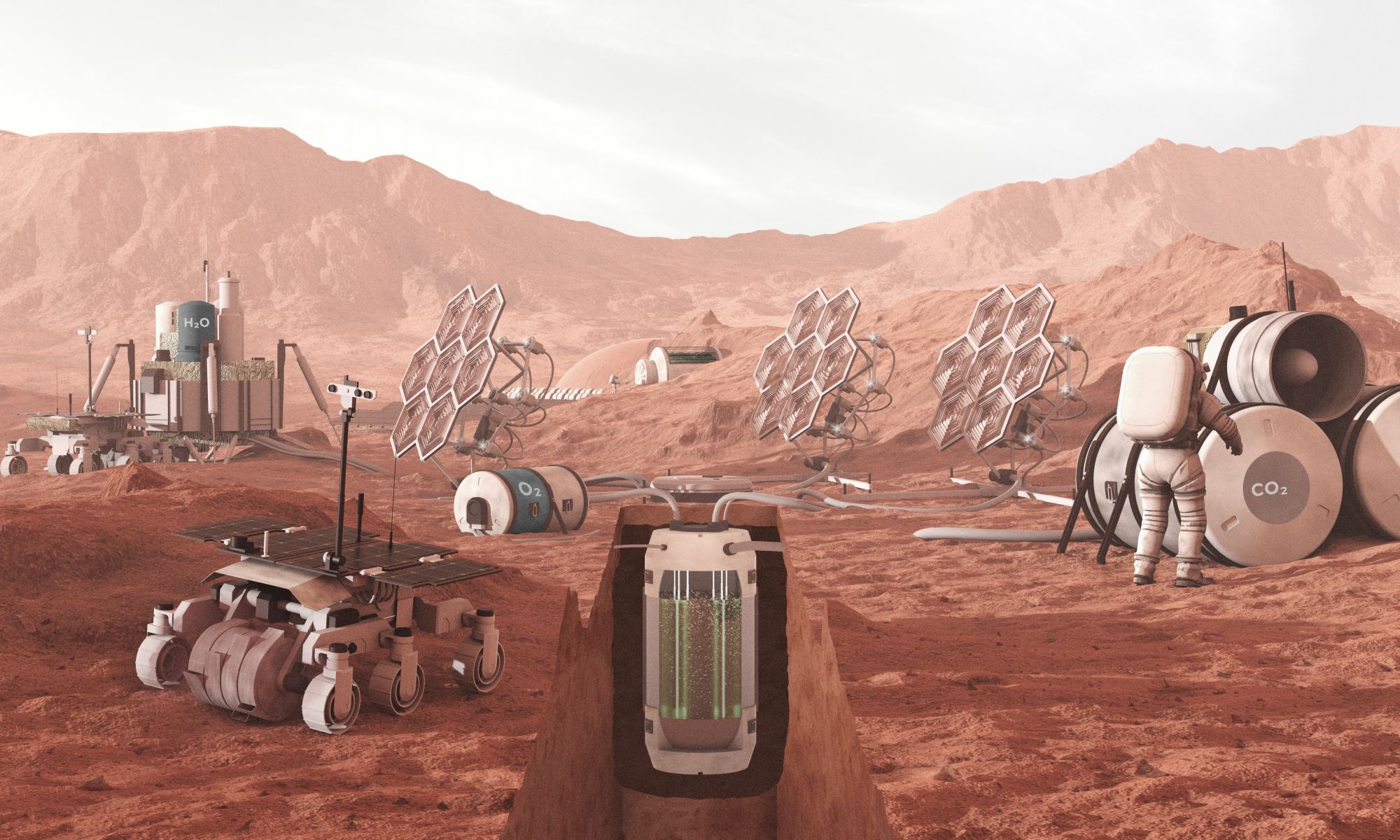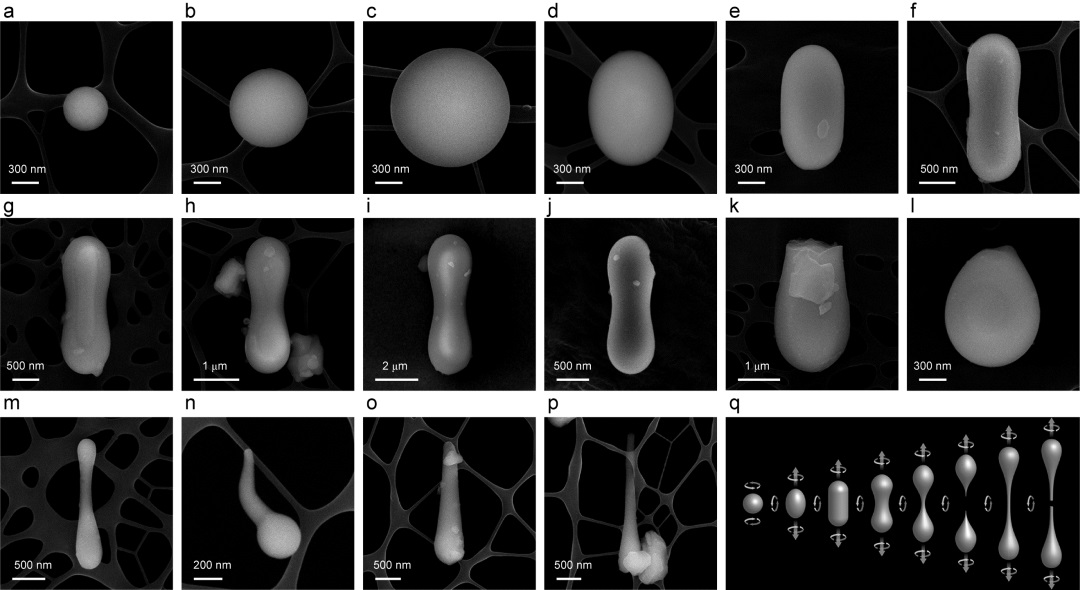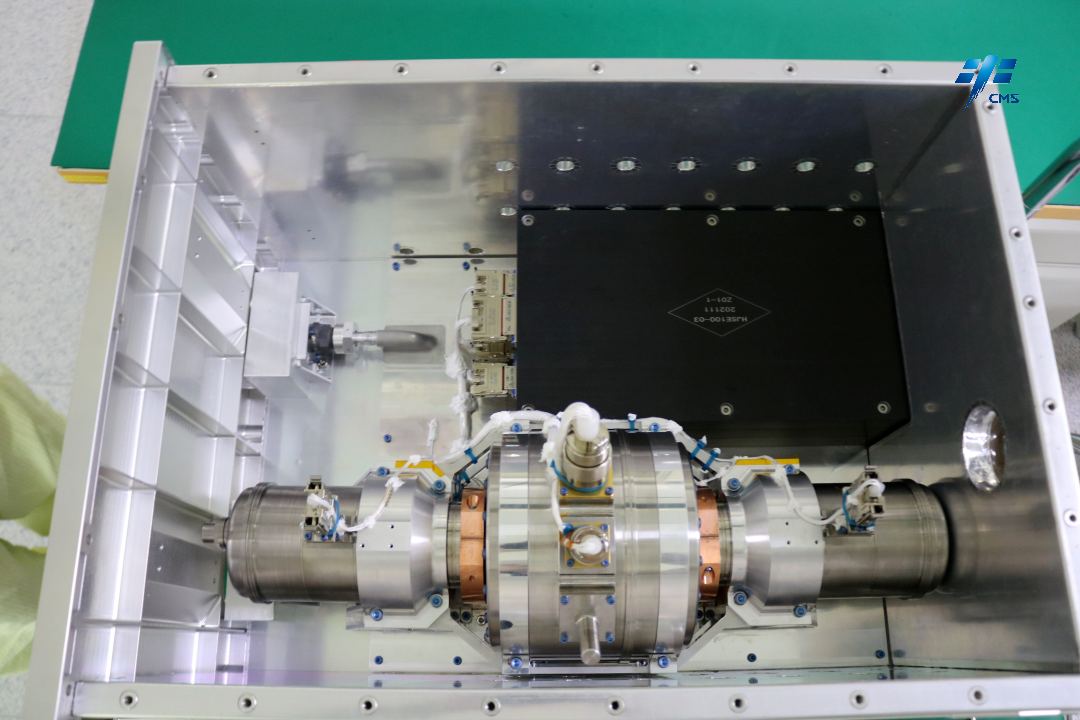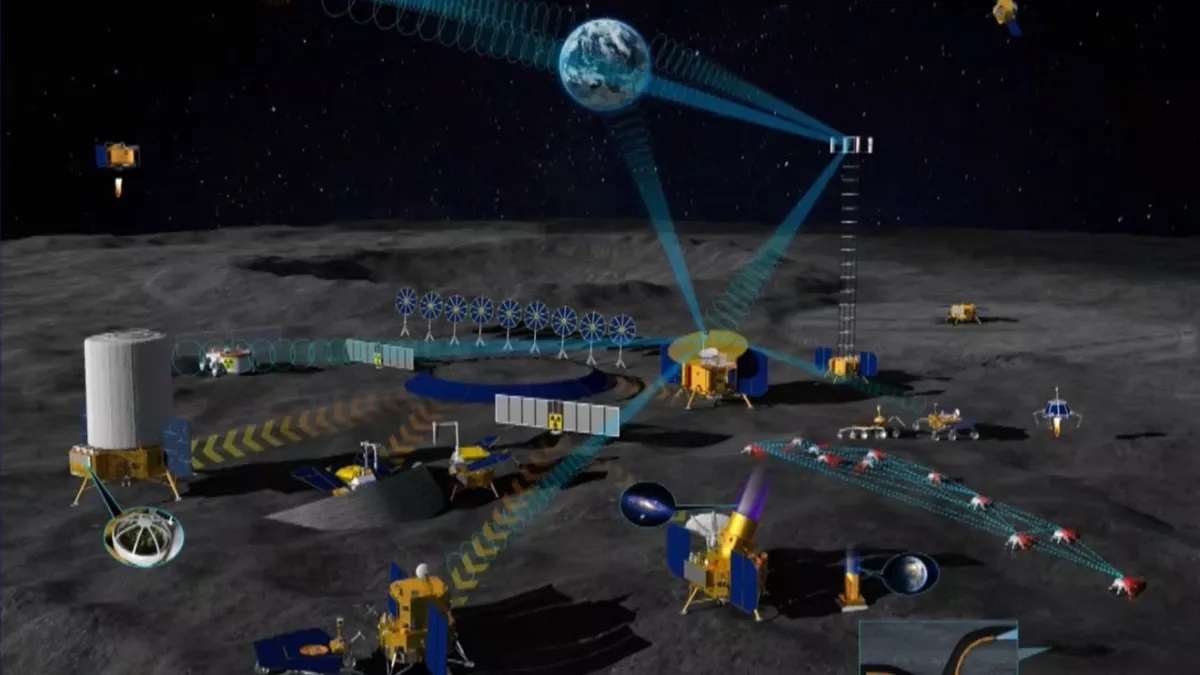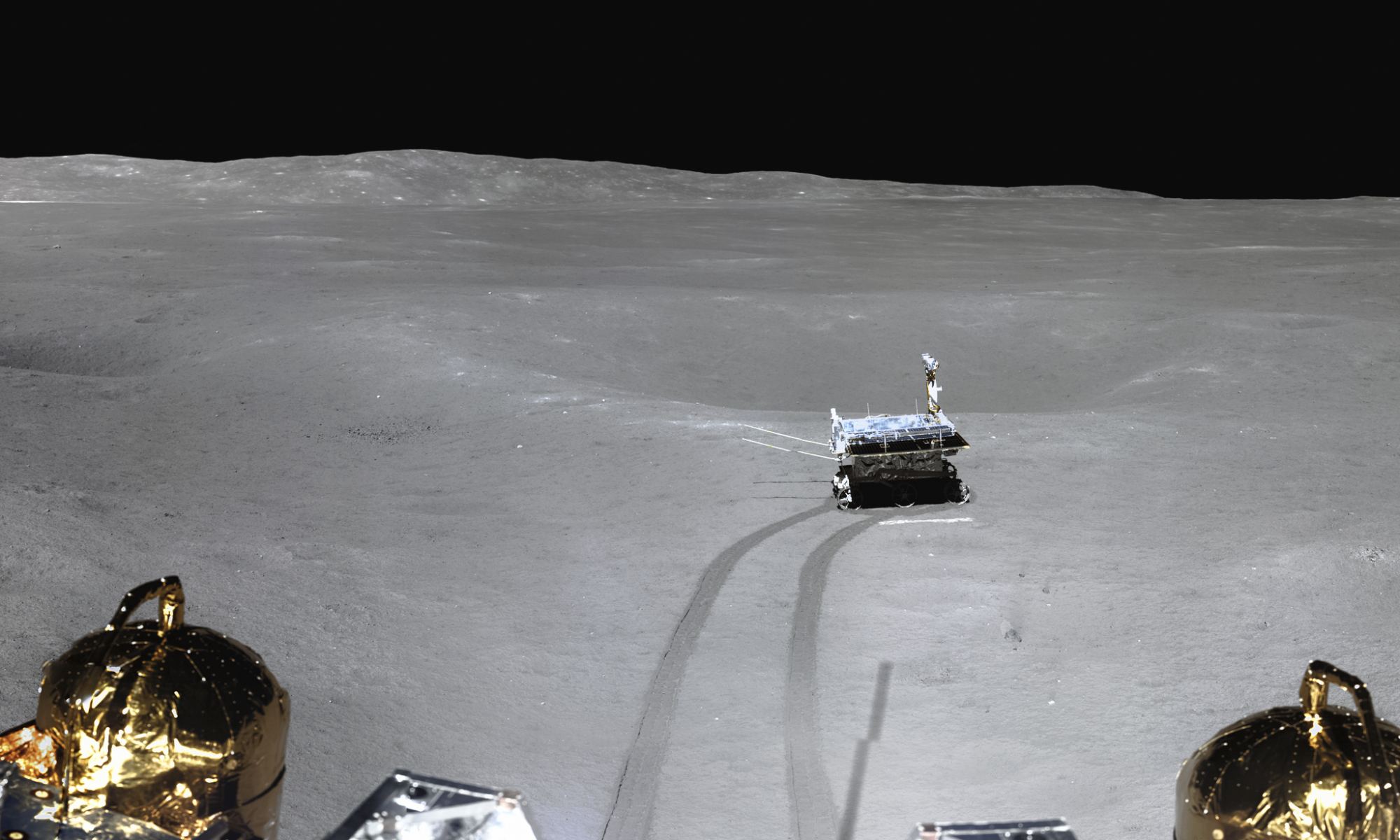As of 2019, China began conducting preliminary studies for a crewed lunar mission that would take place by the 2030s. Two years later, the China National Space Agency (CNSA) and Roscosmos announced a partnership to create an International Lunar Research Station (ILRS) around the South Pole-Aitken Basin. The proposed timeline for development came down to three phases: Reconnaissance (2021-25), Construction (2025-35), and Utilization (2035-onward). Earlier this year, China announced that its space agency would send the first crewed mission to the lunar surface by 2030.
On July 12th, during the 9th China (International) Commercial Aerospace Forum in Wuhan, China, Chinese officials offered additional information about its crewed lunar exploration program. This included Deputy chief engineer Zhang Hailian of the China Manned Space Engineering (CMSE) office announcing the preliminary plan for China’s first crewed lunar mission. As Zhang illustrated with a series of animations, the mission will consist of two carrier rockets launching all the necessary elements to the Moon, which will then rendezvous in orbit and land on the surface to conduct science operations.
Continue reading “China Will Use Two Rockets to Put Humans on the Moon”
